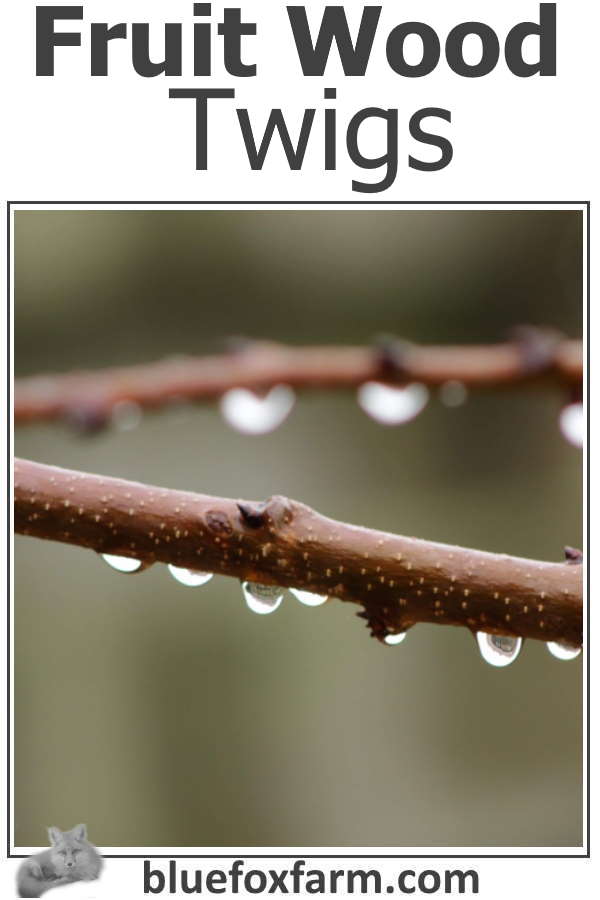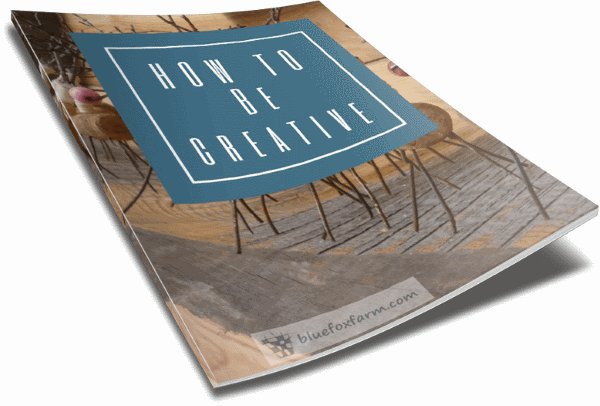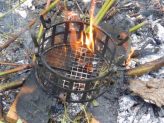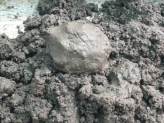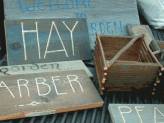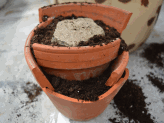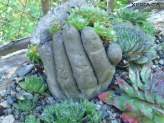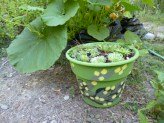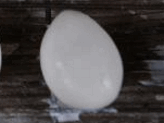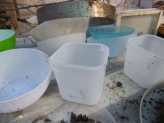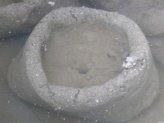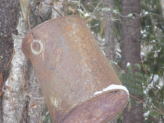Fruit Wood Twigs
From Waste Material to Valuable Craft Supply
Fruit wood twigs to look for are apple, pear, plum, cherry or any other stone fruit, or even almond or other nut trees.
The gnarled older branches that will be removed in a regular renewal pruning cycle are perfect for many crafts .
The bigger ones can be used to make things such as twig furniture, twig
benches, fruit wood tool handles, fruit wood like apple and apricot have long been a favorite for tool handles, like chisels and other woodworking tools. These types of trees need frequent pruning, which means that the twigs don't get very big.
I collect wiggly twig handles for baskets or trugs, twig walking sticks, and any other similar project where hard wearing materials are required. Keep in mind that fruit wood is a hardwood, and doesn't bend well except in the case of really young growth.
The water sprouts can be used for bird cages, small garden fences or lattice, attaching to rebar to make a rustic archway, made into god’s eyes, dream catchers or even handles for paint brushes.
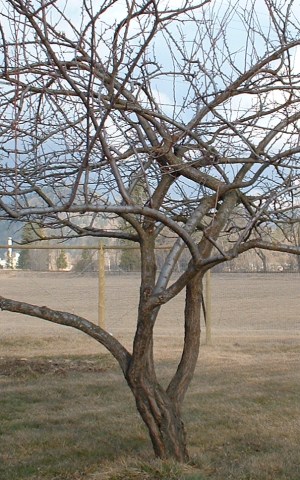
Wherever you need straight strong twigs, these are the type to look for.
If you live near an orchard, contact the owner and ask permission to salvage some of the wood pruned during the annual renewal cycle.
Fruit trees must be pruned hard every year to manage the fruiting buds and remove crossing, damaged or diseased branches, and the abundance of water sprouts that form in this type of management system.
Most orchardists or homeowners will be happy to give you all the twigs you require for the taking. Just be there on the day in early spring that they are pruning so they don’t have to move the twigs twice.
Avoid pear wood twigs that have long spurs on them, as these can be really sharp and deadly. Use gloves to handle them.
Another use for fruit wood is as wood chips for smoking meat or fish in a smoker, so don’t discard the trimmings from your crafts.
Learn what it takes to be creative - we all have the gene but how do we develop it? Get the free guide!
Fill in the form below for your copy;
(Don't be disappointed - use an email address that will accept the free download - some .aol email addresses won't.
If you don't see your download within a few minutes, try again with another email address - sorry for the bother.)
